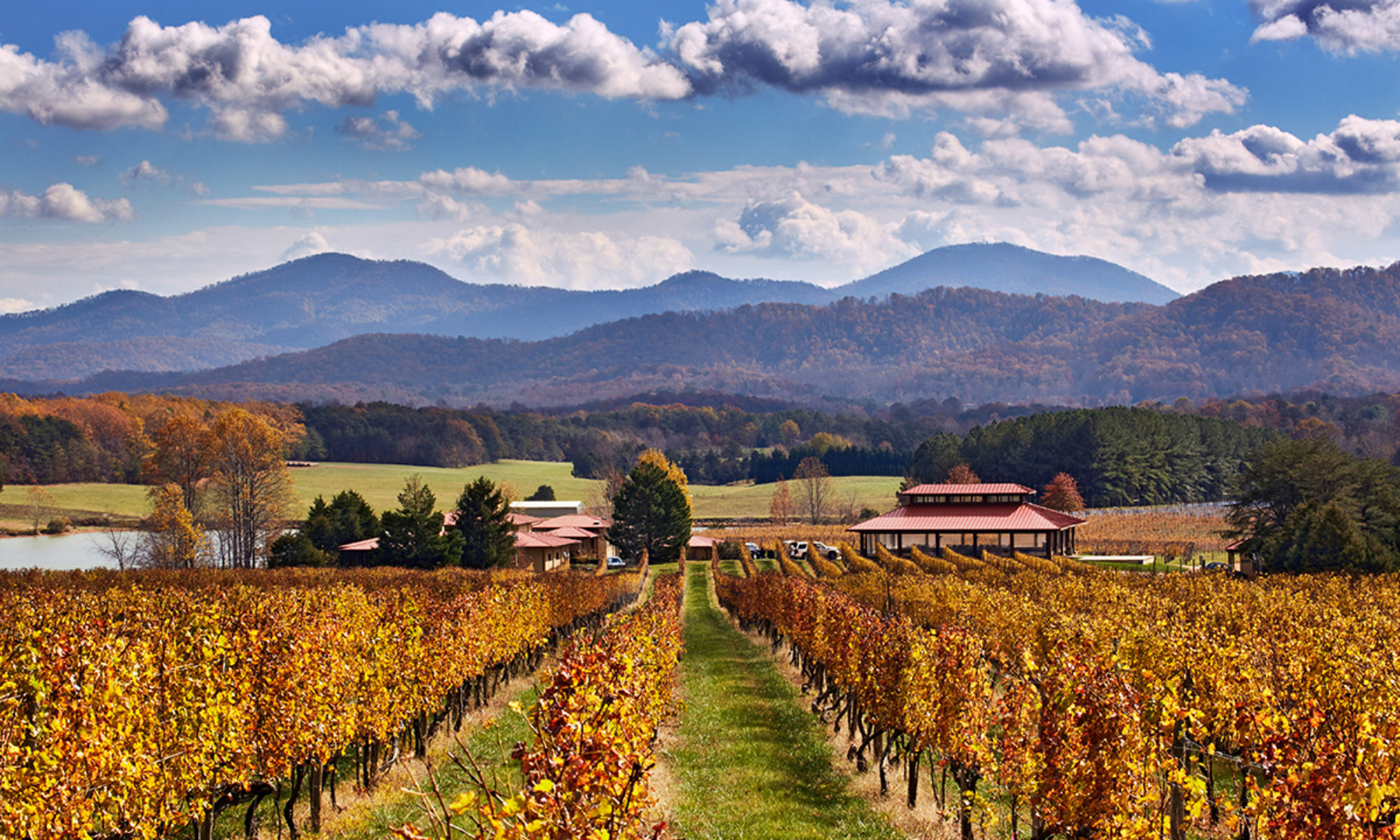Good Luck Cellars
• In the village of Kilmarnock, in the southern section of the Northern Neck. A nice sight for the sustainability minded. The owners, Paul and Katie Krop, have recovered an old sand and gravel mine and turned into a successful agricultural operation. Both the Krops came from a medical career. Opened in 2011.
• Wine. Tier II. Six Good Luck Cellars wines have been awarded silver medals at the 2023 and 2022 Virginia Governor’s Cup state-wide wine tasting competition. The 2019 vintage Petit Verdot and Vidal Blanc earned silver medals at the 2023 event, while the 2019 vintage Cabernet Franc and “Inheritage”, and 2020 Chambourcin and “Cuvee Calamite” did so at the 2022 Governor’s Cup. The 2019 Cabernet Sauvignon received a bronze medal at the 2023 tasting. At the prestigious San Francisco Chronicle 2022 nation-wide wine competition, the Good Luck 2019 Cabernet Franc was awarded a silver medal, while the 2020 Chambourcin and “Cuvee Calamite” both came away with bronze medals. At the 2021 Governor’s Cup, three more Good Luck wines were awarded silver medals: their Sweet Shamrock Red, Seyval Blanc, and Chardonel. Wide range of wines. Several lighter red blends, including Runaway Red (Petit Verdot and Merlot), Inheritage (Cabernet Franc led), and Sweet Shamrock (Chambourcin and Norton).
• Setting. Like most of the Northern Neck wineries, a pleasant setting with nice views over the vineyards, but no sweeping mountain vistas as available in other parts of the state. No Cheapeake Bay or river views either. Medium-sized vineyard, with 24 acres. Close to residential neighbors. Oyster tacos. The property is guarded by rescued hunting dogs.
• Stories. Virginia Rivers: the Rappahannock. Good Luck Cellars sit near the mouth of the Rappahannock River. The Rappahannock rises in the Blue Ridge Mountains, near Front Royal, and then flows southeastwards across the length of the state to empty into Chesapeake Bay just south of Kilmarnock. It is nearly a mile wide at its mouth. In 2017 the Rappahannock, descendants of smaller Algonquian-speaking tribes who merged, became one of the eleven Virginia-recognized Native American tribes in the state. They were the dominant tribe in the river valley in 1607, with their largest town where present-day Tappahannock stands. After the removal of a dam at Fredericksburg, in 2004, the Rappahannock became the longest free-flowing river in the Eastern US. Rappahannock County, further upriver, also features several wineries.
